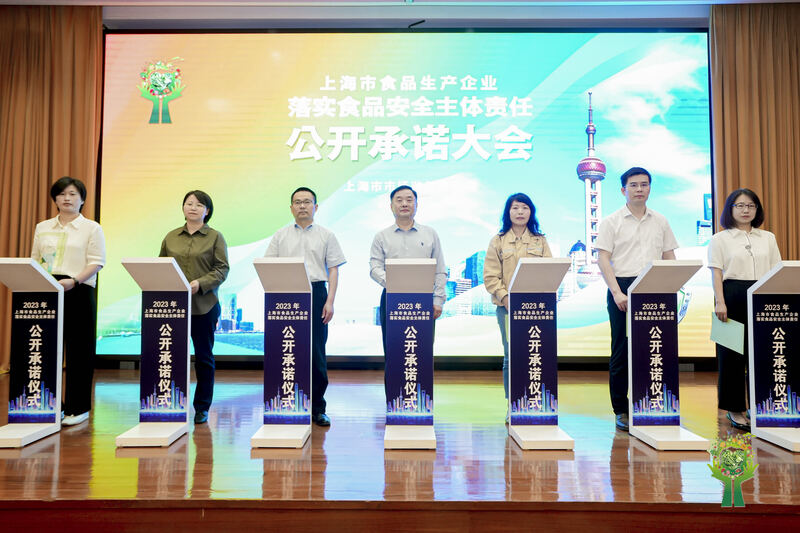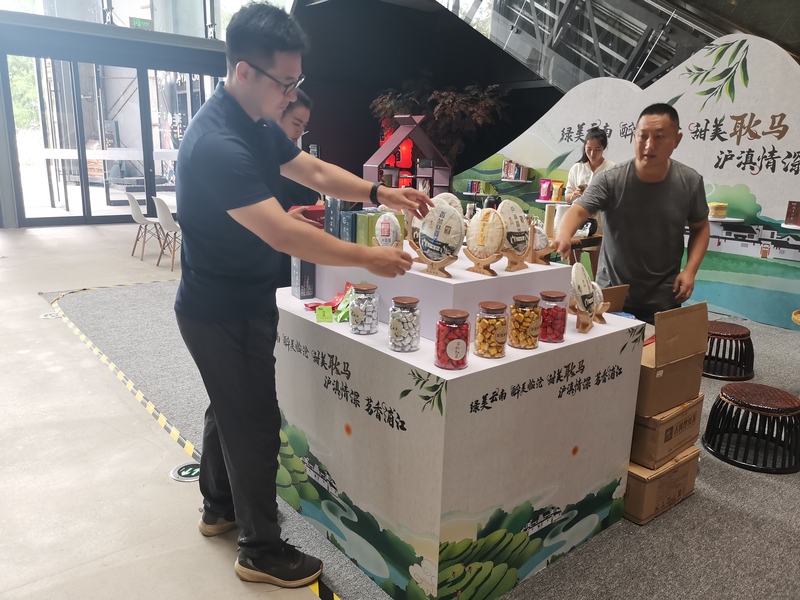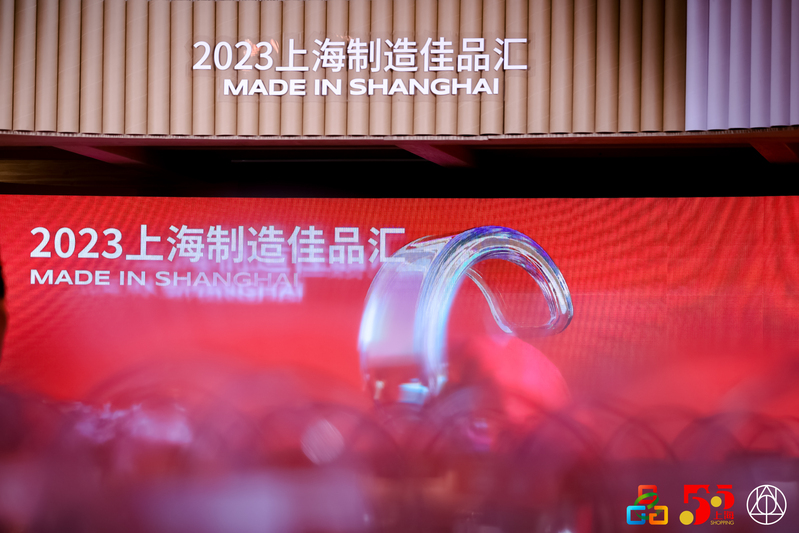Large and special exhibitions accelerate Shanghai's becoming the first choice for urban tourism, with one museum for every 151,000 people
In Shanghai, dragging a suitcase to watch movies and exhibitions has become a special landscape of urban tourism, and museums are increasingly becoming a "new engine" for improving the city's soft power and even comprehensive strength. Today, the "Blue Book on the Local Contribution of Shanghai Museums" jointly released by the Shanghai Municipal Bureau of Culture and Tourism, Fudan University, Donghao Lansheng, etc. shows that there are 165 registered museums in Shanghai, with one museum for every 151,000 people, far exceeding the national average; at the same time, Shanghai has one museum for every 38.4 square kilometers, ranking first in the Yangtze River Delta region. The large number of high-quality museums has created many new models and new scenes to boost Shanghai's cultural and tourism consumption.
"Local contribution of museums" refers to the museums' contribution to the improvement of the soft power and hard power of the city where they are located, which constitutes the short-, medium- and long-term influence on the city's comprehensive strength. The newly released "Blue Book" analyzes nearly 50 cross-border indicators and strives to scientifically and comprehensively construct a local contribution evaluation system for museums. These indicators include the number of inbound and outbound exhibitions of museums per 10,000 people, the ratio of per capita consumption in museums to the per capita entertainment consumption of the city, and the ratio of museum IP licensing income to the self-operated income of museums in the city.
According to the data of the Blue Book, among the visitors to Shanghai's major museums, young people aged 18 to 35 accounted for 54.08%, more than half. The main reasons why young people like to visit museums include: visiting museums is "good value for money", and nearly 82% of the venues in the city are open to the public for free; the information content is concentrated, and you can learn about the "minimalist city history" in half a day, which is suitable for "special forces-style" check-ins; cultural relics are attractive, and the cultural atmosphere and even the sense of technology of museums are strong; exhibitions, interactive educational activities, and cultural and creative products are all rich; museums are basically indoors, and the experience is basically not affected by the weather. These young people bring freshness, diversity and a sense of the times into the venues, promoting the youthfulness of museums.
Visitors to museums tend to be highly educated, which is also a major feature of Shanghai. Among the visitors to Shanghai's cultural and museum venues, those with a bachelor's degree or above account for as high as 55.38%, and those with a college degree account for more than 60%. The spirit of continuous learning and self-improvement, as well as global vision and cross-cultural communication skills, have become a major contribution of cultural and museum venues to Shanghai's talent attraction, training, and use.
Since last year, Shanghai's cultural and tourism industry has recovered strongly. Various large and special exhibitions launched by cultural and museum venues have accelerated Shanghai's development into a top choice for urban tourism, demonstrating Shanghai's development path of "shaping tourism with culture and promoting culture with tourism."
Among them, the Shanghai Museum's "From Botticelli to Van Gogh: Treasures from the National Gallery of Britain" attracted more than 420,000 visitors during its 98-day exhibition, setting a record for paid exhibitions in domestic museums, and half of the visitors came from other provinces and cities; "The Road of Spirit - A Special Exhibition of Great Spiritual Relics and Historical Materials of the Chinese Communists" was co-organized by the Memorial Hall of the First Congress of the Communist Party of China and 26 venues across the country. During the three-month exhibition, it received approximately 400,000 visitors, and the total number of reports on the entire network reached 3,540 times.
The compound effect of large-scale and special exhibitions on the development of museums is very obvious, and the effect of paid special exhibitions is even greater, including stimulating consumption and empowering popularity. According to the passenger flow data given in the "Blue Book", the passenger flow during the exhibition and the average daily passenger flow one month after the exhibition of many cultural and museum venues exceeded the average daily passenger flow one month before the exhibition, showing the strong attraction of large-scale and special exhibitions to the audience, which is further converted into traffic and "retention" of urban tourism.
Data from the "Blue Book" shows that among Shanghai's museum visitors, local residents and tourists from other provinces and cities are almost evenly divided. This is due to the popularity of "coming to Shanghai to see big exhibitions" and has directly led to the "suitcase economy" effect, helping to boost the city's GDP growth.
At present, 50.43% of the visitors to Shanghai museums are local visitors, and the rest are from other provinces and cities. These visitors from other provinces and cities directly drive consumption in Shanghai's catering, accommodation, shopping and other aspects, contributing to the city's economy.
Among them, the hotel consumption of museum visitors is between 151 and 800 yuan, accounting for the highest proportion, reaching 68.35%, and the proportion of visitors who spend 151 to 300 yuan per person per night is more than 20%, and the proportion of visitors who spend 1001 to 1500 yuan per person per night is as high as 12.17%. The catering consumption level of museum visitors is mostly within 150 yuan per person per meal, accounting for as high as 79.48%. In addition, more than 80% of museum visitors in Shanghai have shopping needs, which further radiates to major business districts across the city.
Judging from the comprehensive consumption data, whether it is accommodation or catering consumption, the mid- to high-priced consumption levels of museum visitors in Shanghai are much higher than the national average. The cultural, museum and cultural tourism industries are becoming an important tool for new urban consumption in Shanghai.





